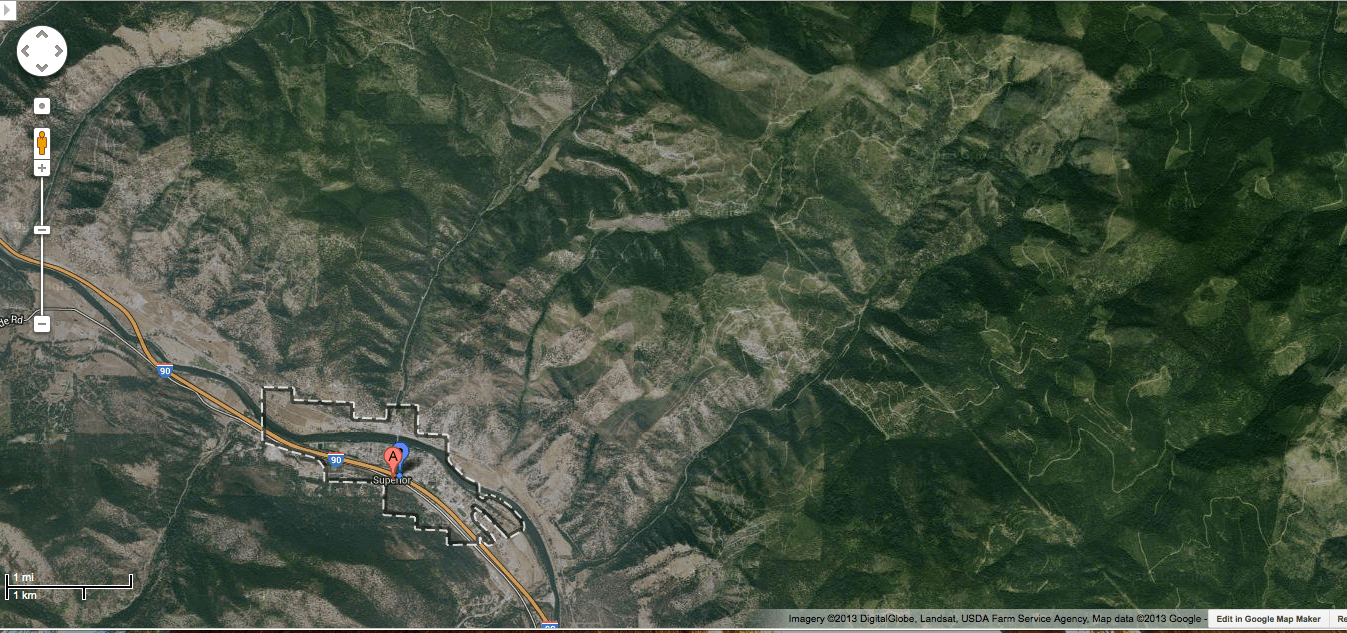The following press release and new scientific review arrived in my in-box yesterday via the California Chaparral Institute. If you have questions about the press release, or the new scientific review, please direct them to the California Chaparral Institute’s Director or Conservation Analyst listed below. Thank you. – mk
For Immediate Release, August 1, 2013
Contact: Richard W. Halsey, Director, (760) 822-0029
Dylan Tweed, Conservation Analyst, (760) 213-3991Fire Service Unfairly Blamed for Wildfires
Research rejects past fire suppression and “unnatural” fuel build-up as factors in the size and occurrence of large fires in southern California
SAN DIEGO, Calif. – A new scientific review and five major studies now refute the often repeated notion that past fire suppression and “unnatural” fuel build-up are responsible for large, high-intensity fires in southern California. Such fires are a natural feature of the landscape. Fire suppression has been crucial in protecting native shrubland ecosystems that are suffering from too much fire rather than not enough.
The research has also shown that the creation of mixed-age classes (mosaics) of native chaparral shrublands through fuel treatments like prescribed burns will not provide reliable barriers to fire spread; however, strategic placement may benefit fire suppression activities.
The research will be presented during a special California Board of Forestry hearing, August 8, 2013, 8am, at the Four Points Sheraton Hotel, in Ventura, California.
Advocates of the fire suppression/mosaic view often misinterpret the research and ignore contrary information. For example, the recent Mountain fire near Idyllwild in the San Bernardino National Forest was blamed on 130 years of fire suppression. More than half of the area had burned in the 1980s. A 770 acre portion had burned five years ago. The 2007 fires in southern California re-burned nearly 70,000 acres that had burned in 2003. The majority of southern California’s native habitats are threatened by too much fire rather than not enough. This is especially true for chaparral, sage scrub, and desert habitats. Fires less than ten to twenty years apart can convert native shrublands to highly flammable, non-native grasslands.
“All of us need to take responsibility in making our homes and communities fire safe,” said Richard Halsey, director of the California Chaparral Institute. “Political leaders also need to find the courage to prevent developments from being built in high fire hazard locations. Blaming the fire service for large, intense fires because of their past efforts to protect lives, property, and the environment from wildfires is counterproductive and contrary to the science.”
The scientific review can be found here
Additional Information
1. August 8, 2013 Board of Forestry Meeting Agenda
2. The five key research papers refuting the fire suppression/mosaic perspective:
Keeley, J.E. and P.H. Zedler. 2009. Large, high-intensity fire events in southern California shrublands: debunking the fine-grain age patch model. Ecological Applications 19: 69-94.
Lombardo, K.J., T.W. Swetnam, C.H. Baisan, M.I. Borchert. 2009. Using bigcone Douglas-fir fire scars and tree rings to reconstruct interior chaparral fire history. Fire Ecology 5: 32-53.
Moritz, M.A., J.E. Keeley, E.A. Johnson, and A.A. Schaffner. 2004. Testing a basic assumption of shrubland fire management: Does the hazard of burning increase with the age of fuels? Frontiers in Ecology and the Environment. 2:67-72.
Keeley, J.E., Fotheringham, C.J., Morais, M. 1999. Reexamining fire suppression impacts on brushland fire regimes. Science Vol. 284. Pg. 1829-1832.
Mensing, S.A., Michaelsen, J., Byrne. 1999. A 560 year record of Santa Ana fires reconstructed from charcoal deposited in the Santa Barbara Basin, California. Quaternary Research. Vol. 51:295-305.



